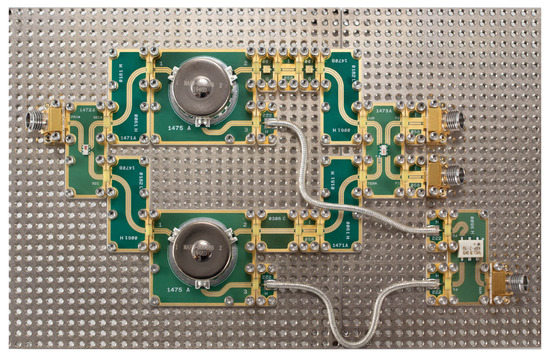Experimental Implementation of a Low-Cost, Fully-Analog Self-Jamming Canceller for UHF RFID Devices
It is quite common for transceivers to operate with the RF receiver and transmitter working on different time slots. Typical applications are radars and transceivers in the field of communications. Generally, the receiver is turned off when the transmitter broadcasts and vice versa. This is done in order to prevent the transmitter from blinding the receiver or causing the RF low noise amplification (LNA) stage to saturate. When keeping a receiver active, some leakage of RF energy is inevitable, and therefore shielding is applied to mitigate spurious signals. However, there are many applications wherein the receiver cannot be turned off. To address these applications, we investigate the design and performance of a fully-analog self-jamming canceller able to operate in UHF (Ultra High Frequency) RFID devices. While the traditional cost to design and build this type of topology can be quite high, our proposal is based on a low-cost physical approach. In addition to using common SMT (Surface Mount Technology) devices, we leveraged a new piece of modular technology offered by X-Microwave which allows designers to easily produce RF solutions with a broad portfolio of modular system drop-in blocks. A prototype was realized and the measured results are in close agreement with theoretical simulations. Significant damping of the leaked signal in the receiving channel was realized.
Rossi, M.; Liberati, R.M.; Frasca, M.; Richardson, J. Experimental Implementation of a Low-Cost, Fully-Analog Self-Jamming Canceller for UHF RFID Devices. Electronics 2020, 9, 786
Category: Technical Paper


